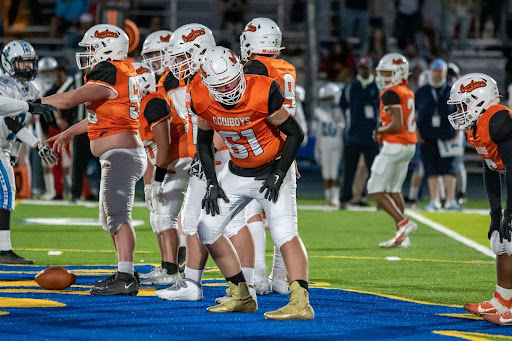
The Art of the Draft: Crafting Your Dream Team with Strategic Planning and Analysis
Crafting your dream team in fantasy sports is much more than just picking your favorite players; it requires strategic planning and a deep analysis of player performances and potential.
Success in fantasy drafts involves the foresight to predict which players will be key contributors and understanding how to assemble a well-rounded team that can outperform the competition. It demands a thoughtful approach, where each choice balances current performance metrics and future potential.
The Role of Mock Drafts in Preparing for the Real Thing
Mock drafts are not just a practice run but a critical tool for any serious fantasy manager. They simulate the draft experience, allowing managers to experiment with different strategies, such as when to pick certain positions or how to react to unexpected player runs.
For example, if during several mock drafts, you notice that quality tight ends are still available in later rounds, you might decide to prioritize other positions earlier.
Conversely, if a top quarterback consistently gets snapped up in the first round, it might prompt you to adjust your strategy to secure a key player earlier than planned.
The true value of mock drafts lies in their ability to help you adapt to various drafting scenarios, making you more flexible and responsive during the actual draft.

Player Analysis and Projections
Understanding player performance is fundamental for drafting a competitive team. This means going beyond basic stats like touchdowns and yards to analyze more in-depth factors such as injury history, consistency, and the role within the team’s offense. Payer projections provide forecasts based on various statistical models and expert insights that predict a player’s performance for the upcoming season.
While these projections offer valuable insights, they should be treated as informed estimates rather than definitive predictions. They must be critically analyzed alongside other factors, such as changes in the team’s roster, the player’s strengths, and trends in recent performances. Moreover, fantasy managers can enhance their analysis by considering the odds and performance chances provided by sportsbooks. These odds often reflect the expected performance levels of players and teams, adding data that can inform draft decisions.
Utilizing bonuses can also be advantageous for those interested in betting on the sport. By using a BetMGM bonus code, betting enthusiasts can access special bonus offers, potentially enhancing their betting experience while staying engaged with the sports they love.
Adapting to Different League Formats
Every fantasy league has unique rules and scoring systems, which can significantly impact player value and draft strategy. For instance, in a Point-Per-Reception (PPR) league, players who catch many passes each game, like wide receivers and pass-catching running backs, are more valuable than in standard scoring leagues. Understanding it can guide your draft choices, ensuring you pick players who will score the most points under your league’s rules.
Moreover, some leagues use unique positions or scoring bonuses, such as for long touchdowns or high yardage totals, which should influence your drafting strategy.
Importance of Strategic Position Drafting
Strategic position drafting emphasizes the timing and order of picking players based on their playing positions. It can significantly impact your team’s performance across the season.
In many fantasy football leagues, quarterbacks generally score more points than other positions but are abundant; thus, drafting them too early might not be as beneficial as securing a top-tier running back or wide receiver.
Player Trades and Waivers
Once the season is underway, the draft is just one part of managing a fantasy sports team. Player trades and waiver wire pickups are crucial in maintaining and improving your team’s competitiveness.
Successful trading involves understanding both your team’s needs and the market value of your players. It’s about finding a balance between current performance and potential upside. Trading away a player who has had a couple of standout games but is likely to regress can be a savvy move if you receive players with steadier, more predictable output.
Similarly, the waiver wire is an ongoing draft throughout the season, providing opportunities to pick up undervalued players who may have emerged due to injuries or changes in team strategy. Efficient use of the waiver wire requires vigilance and the ability to predict which players are poised for a breakout before they become widely recognized as valuable pickups.
Final Thoughts
The drafting process is the critical first step toward championship success, but strategic in-season management often separates the contenders from the rest. Effective drafting lays the foundation, but the season is truly shaped by proactive roster management, including savvy trades and timely waiver pickups. It ensures your team starts strong, adapts, and thrives throughout the season, responding adeptly to injuries, slumps, and breakout performances. Thus, while the draft is crucial, the ongoing art of team management is what ultimately leads to lasting success in fantasy sports leagues.










